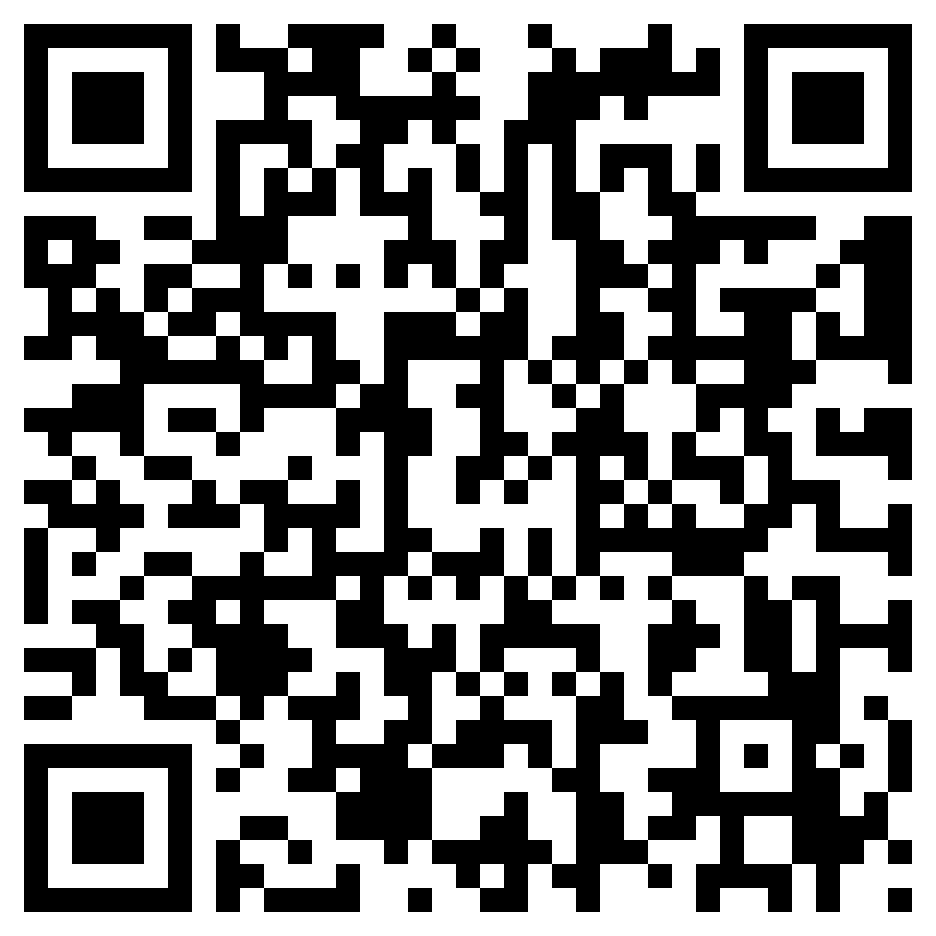Lesson 1: Process instead of Storage.
The “Get Things Done” process is based on a simple idea of asking yourself the question:
“What is the next concrete action that will bring me closer to my goal?”
When you set yourself immediate and smaller tasks that will lead you to your goal, you should not postpone it anymore and start at it immediately. Instead, if you think only of the ultimate goal, it seems difficult. You feel it is unlikely to achieve and keep postponing it. This question also gives us clarity about our path to success, as we take small but concrete steps towards it, consistently.
In this age of modernity, we are expected to perform tasks with increasing complexity and variety. It is easy to lose track of them and we end up turning our brain into a storage space for the list of tasks that need to be done. But we forget that our brains aren’t made for multitasking. When we fill it up with information about all the tasks that we have left unfinished, we use up the space. This stops the brain from being able to fully concentrate on a particular work at hand. Moreover, it keeps reminding us about those unfinished tasks when we are trying to concentrate on other things, ultimately leading it to get added to the same list of unfinished tasks.
To be able to complete a task properly, we need one hundred percent of the brain’s capacity to work on it. It is not possible if it is already filled with details of previously unfinished tasks.
Lesson 2: Storage or Queue outside your head.
In order to prevent our brains from getting stuffed with information pertaining to previously unfinished tasks, we should have a ‘Collection Bucket.’ A place where we can pile up all the information, without encumbering our brains with it. It does not need to be a physical bucket or box. It can be anything from a notepad to a file on the computer. The point is to take the information that does not aid us in the job at hand, and store it somewhere else. So the brain can concentrate entirely on the job at hand.
In this bucket, you will be able to find all the information, as and when you require, without cramming up your brain with them. You can look up all the important information when you have the time. For example, if you have a deadline for your electricity bill, you can store that information in your ‘Collection Bucket’ without your brain reminding you about it while you are in the middle of something
Unlock Knowledge with Wizdom App
Explore a world of insights and wisdom at your fingertips with the Wizdom app.
 1 Million+ App Download
1 Million+ App Download  4.9App Store Rating
4.9App Store Rating 5000+Summaries & Podcasts
5000+Summaries & Podcasts









